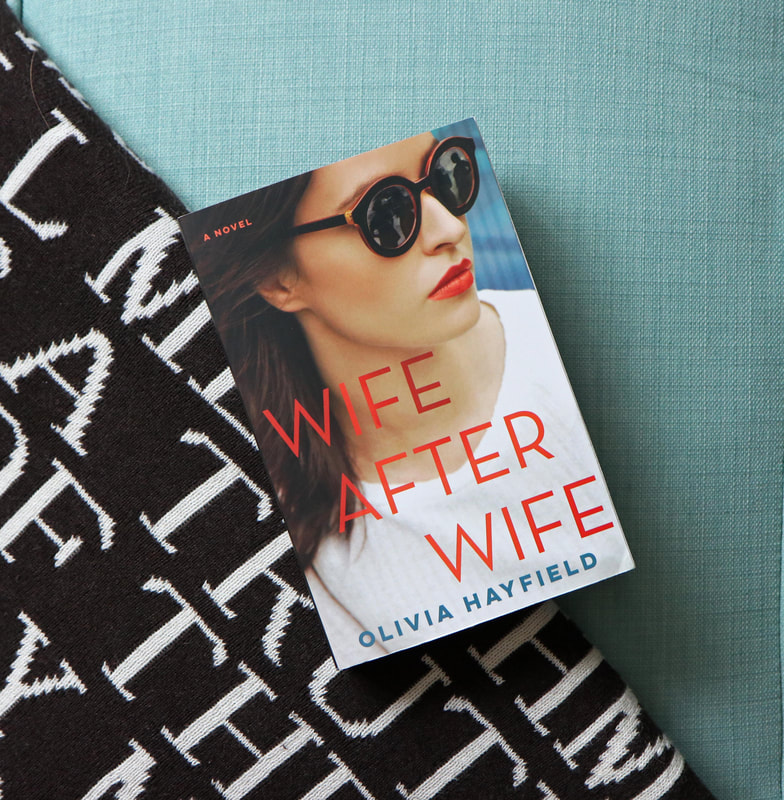|
4 stars
Henry VIII and his many wives, but modernized and given a few memorable twists. This was a joy to read as a Tudor-era fan, and it had some quirks. Concept: ★★★★★ Pacing: ★★★ 1/2 Enjoyment: ★★★★ Wife After Wife is exactly as it's billed on the ticket: Henry VIII is Harry Rose, modern-day media mogul, and this is the story of his many wives. Now, full disclosure, I love any and all things related to the Tudor time period, include modern retellings. So I loved this for the concept alone. But, separate from the concept, I thought the author's decision to place a Henry VIII-type male character was an interesting one in the context of the #MeToo movement. Was it executed well? That depends. Harry Rose meets his first wife, Katie—Catherine of Aragon—when he's barely 20 and she's 25. It's the 1980s, and things are going great. Except, that is, for Harry's wandering eye and Katie's fertility issues. Then Harry meets Merry—Mary Boleyn—when she's married to a closeted gay man and he's still with Katie. Uh oh. A little fun on the side never hurt anyone, right? ...Maybe Katie might disagree. Ana—Anne Boleyn—is the fashion editor at Harry's company, in charge of running Harry's magazine in the 1990s. So what if she's Merry's sister? Even though Ana's not initially interested in her sister's leftovers, Harry is persistent. And Harry gets what he wants. And so on...Harry gets what he wants. The story of Henry VIII and his many wives is relatively popular, so I will stop there at the third famous wife, Anne Boleyn. Now on to some thoughts! I thought Wife After Wife did a few things incredibly well, including the characterization of all of the women in Harry Rose's life. They were complex, they were products of their decades, and they struggled to maintain a life in the vortex of a supremely powerful and egotistical man. My problem with Wife After Wife lies with Harry Rose. Harry reads just like Henry VIII to a fault. During the Tudor time period, yes, men could do what they wanted and women just had to take it—they had no agency at all. But in the 1980s? The 1990s? The 2010s? I struggled with Harry's stagnate personality as not only did it not age well with the times, it also became increasingly hard to read his sections. Harry never grew, never changed...he just kept sleeping with all of these women, cheating, lying, and then victim-blaming his wives for problems that were clearly started by him. Wife After Wife kept this portrayal accurate to the historical reference, but I found it increasingly hard to believe that these women in the 1980s-2010s just let him get away with it, and let him continue to believe his own deluded version of himself. It works with a king, but you'd have to suspend your believe further to believe that it works seamlessly with a more modern couple. I'm not sure if it would have been possible to portray Harry in a satisfying way AND keep him historically referenced, but it did cause a sticking point in my reader enjoyment. However, other than that this novel was a lot of fun. Let's bring back the Tudors in modern fiction some more—I love it! Thank you to Berkley for this title in exchange for an honest review.
0 Comments
Leave a Reply. |
Amy Imogene ReadsJust someone looking for her own door into Wonderland. Categories
All
Archives
July 2024
|


 RSS Feed
RSS Feed
